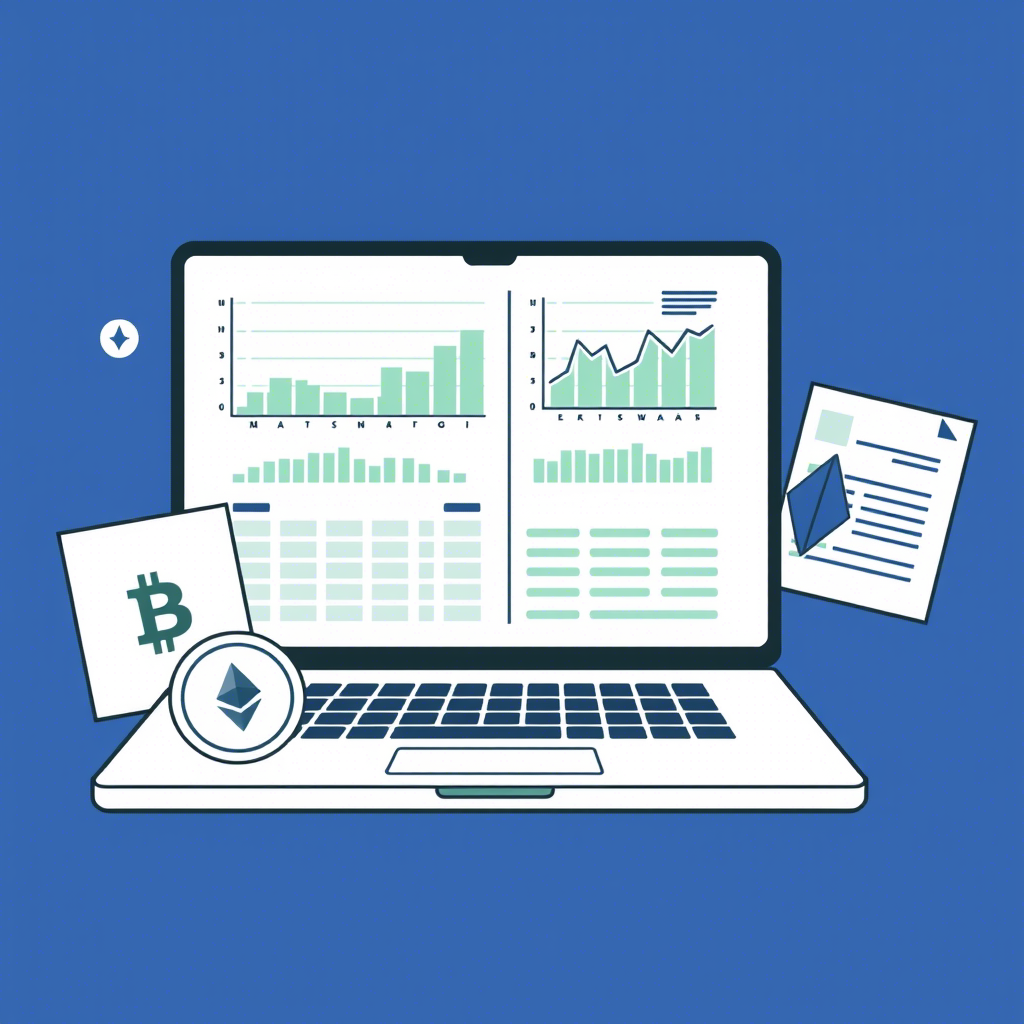Blockchain is no longer confined to cryptocurrencies like Bitcoin or Ethereum. Its core attributes—decentralization, immutability, transparency, and programmability—open doors for transformative applications across industries. From streamlining supply chains to securing healthcare records, blockchain can eliminate data silos, automate trust, and reduce inefficiencies in complex multi-stakeholder ecosystems.









